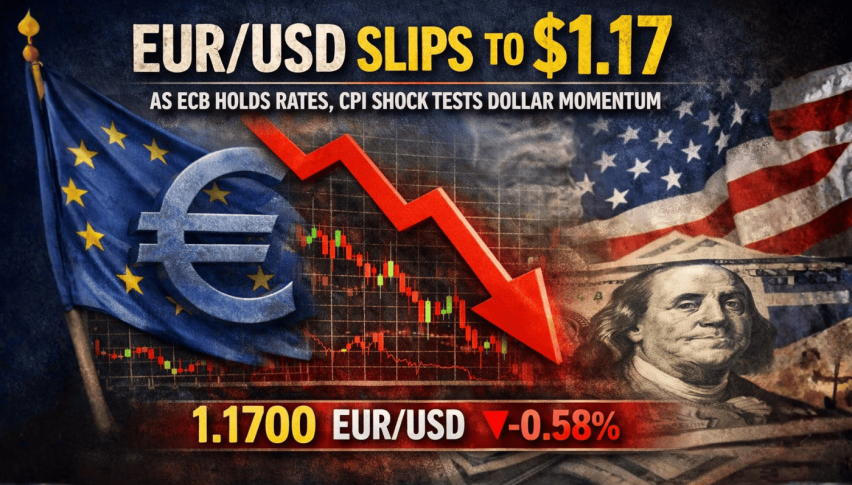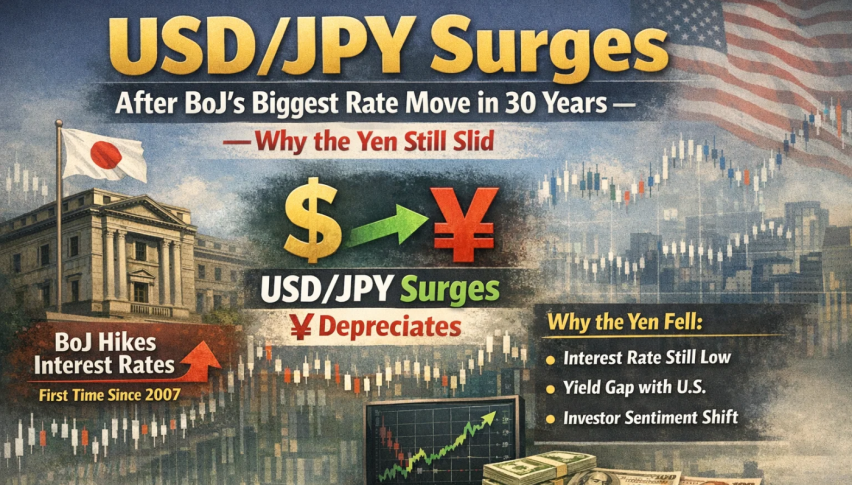FXML’s Forex Signals Analysis of September 22-28 2014
The market this week
On our last weekly analysis we focused mainly on the Scottish independence ballot, as that was the main focus of the market. Thank God that's over now and the market is back to its usual predictable self. This week all the attention was on the USD. The data pieces out of US have been able to beat expectation almost every single time, providing only a few minor bumps. Even during the small dives that the USD took after the few bearish announcements the bulls jumped in, interpreting these dives as buying opportunities and keeping the buck bid. The worst piece of data this week was the Durable Goods Orders M/M which saw an 18.2% decline from the prior month, but that was due to the Boeing orders in August contributing a big chunk on this indicator last month taking it to 22.6% M/M, the largest increase in decades.
GDP numbers came out today at 4.6% showing fast improvement in the US economy. USD made reasonable gains relatively to a number of currencies, most notably the commodity ones. It gained about 200 pips against both AUD and CAD and about 250 pips against NZD. In fact, NZD had a stronger case for the bigger decline with the head of the Royal Bank of New Zealand delivering an unscheduled statement Thursday morning, catching the market by surprise and taking advantage of the bearish momentum, sending the pair to a yearly low. That's a textbook lesson about jawboning a certain currency; a surprising speech, bring all the bits together such as intervention and high exchange and find a moment when the market sentiment is in your favor.
Another climax this week was brought on by the continuation of the EUR/GBP downtrend , getting close to a 6-year low/resistance. The downtrend was supported by the weakness in EUR/USD and the relentless comments by numerous ECB members, particularly president Draghi. The economic data from Europe was a mixed bag this week as it often is. Even Germany which was seeing nice growth last year is showing signs of weakness in the manufacturing sector, which is Germany's pride. However, the German officials continue to stubbornly oppose the liquidity injection offered by the ECB. It seems as if they still carry a trauma from the 1930s inflationary crisis; we all know how that ended. On the other hand, having a good memory and being cautious is not an excuse for ignoring all the data coming from your economy and the countries you're in a complicated relationship with, like the Euro zone in this case. We'll analyze EUR/USD more in detail in the pair analysis below.
Signals
Where do we stand with signals and profit this week? We issued 20 signals in total this week, which means an average of 4 daily signals – a bit below our average. With two days left for the month we stand at 105 signals this month. We hesitated several times this week and therefore missed trading opportunities. Sometimes you wait for a better price to enter a trade and you miss the chance altogether, or conversely you pull the trigger too early and you end up with a loser. I've pointed out before that there's a thin line between ending the week with a win or a loss, so we have to always be cautious in this business, in order to succeed in the long run.
Since the US dollar has been in an uptrend, we tried to stick to the trend mainly issuing USD long signals, with a few occasional countertrend signals. We had 4 losing signals this week producing a 75%/25% win/loss ratio. We were wrong footed by the BOJ Kuroda press conference on Wednesday who said that Japan doesn't need any more fiscal stimulus. The Yen rallied some 60 pips smoking our JPY/USD buy signal and spilled in other USD pairs, causing our other GBP/USD sell signal to hit stop loss. Without that unfortunate event the win/loss ratio would have been extraordinary and the weekly profits much higher. And yet we finished the week with about 90 pips profit, close to our 100 pip weekly average target.
Pair analysis
We mentioned above that the Euro zone economies aren't doing so well, especially compared to those of the United Kingdom and USA. The consumer confidence and spending remains low as the data has clearly shown this week; business components such as manufacturing and services continue to disappoint; inflation remains low with a risk of deflation. The economies are diverging in many aspects.
So what can we do in these cases? It's actually quite simple, just go with the flow and follow the trend, especially when you have the central bank on your side – the ECB in this case which has been talking the pair down for 5 months now. Once again we used the 'trend trading strategy' on this pair, playing the downtrend strongly and selling the bounces.
After the consolidation a couple of weeks ago, EUR/USD resumed the downtrend last week and this week it has gained pace as we can see from the 4 hour chart below. Levels were broken one after another. 1.2850 was a semi decent level but it was smoked this week. The next decent level was the two and a half year low/support at 1.2750 and that was evaporated as well, now it has turned into resistance as we can see from the hourly chart. The next level is the 2012 low at 1.2660 which is now very close. We issued 5 sell signals on this pair this week against the 50 or 100 MAs and the Stochastics overbought levels.

EUR/USD 4 hour chart – EUR/USD resumed the downtrend last week and this week it has gained pace.

EUR/USD 1 hour chart – the two and a half year low/support at 1.2750 was broken as well, now it has turned into resistance.
During the last three weeks GBP/USD was in a strong downtrend and then suddenly it made a remarkable reverse. That was due to the upcoming Scotland independence ballot, now that that's over the waters have calmed and the range has narrowed. On the H4 chart the 20 MA acted as support during the first half of the week and turned into resistance during the second half. The same was done by the 100 smooth MA on the hourly chart. We issued a few sell signals on Thursday with the moving averages on both time frames in mind as resistance.

GBP/USD 4 hour chart – the 20 MA acted as support during the first half of the week and turned into resistance during the second half.

GBP/USD 1 hour chart – we issued a few sell signals on Thursday with the moving averages in mind as resistance.
Final Thoughts
We made it through another week and pocketed 90 pips to ourselves and to the Forex traders' community and followers of our page. Some might expect more, but a win is a win nonetheless and so far we haven't had any losing weeks. 90 pips a week is not bad if you have reasonable funds available to trade and consistency is the name of the game here. As for next week's forecast, we saw the Euro continue its tumble this week and will still be short biased next week on Euro pairs. For the rest, we'll decide as the week unfolds.
Further Reading
Check out our Forex Trading Strategies channel
You can also read the basics of How to Use Our Forex Signals
Or learn How to Start – Choose the Best Forex Broker
- Check out our free forex signals
- Follow the top economic events on FX Leaders economic calendar
- Trade better, discover more Forex Trading Strategies
- Open a FREE Trading Account


